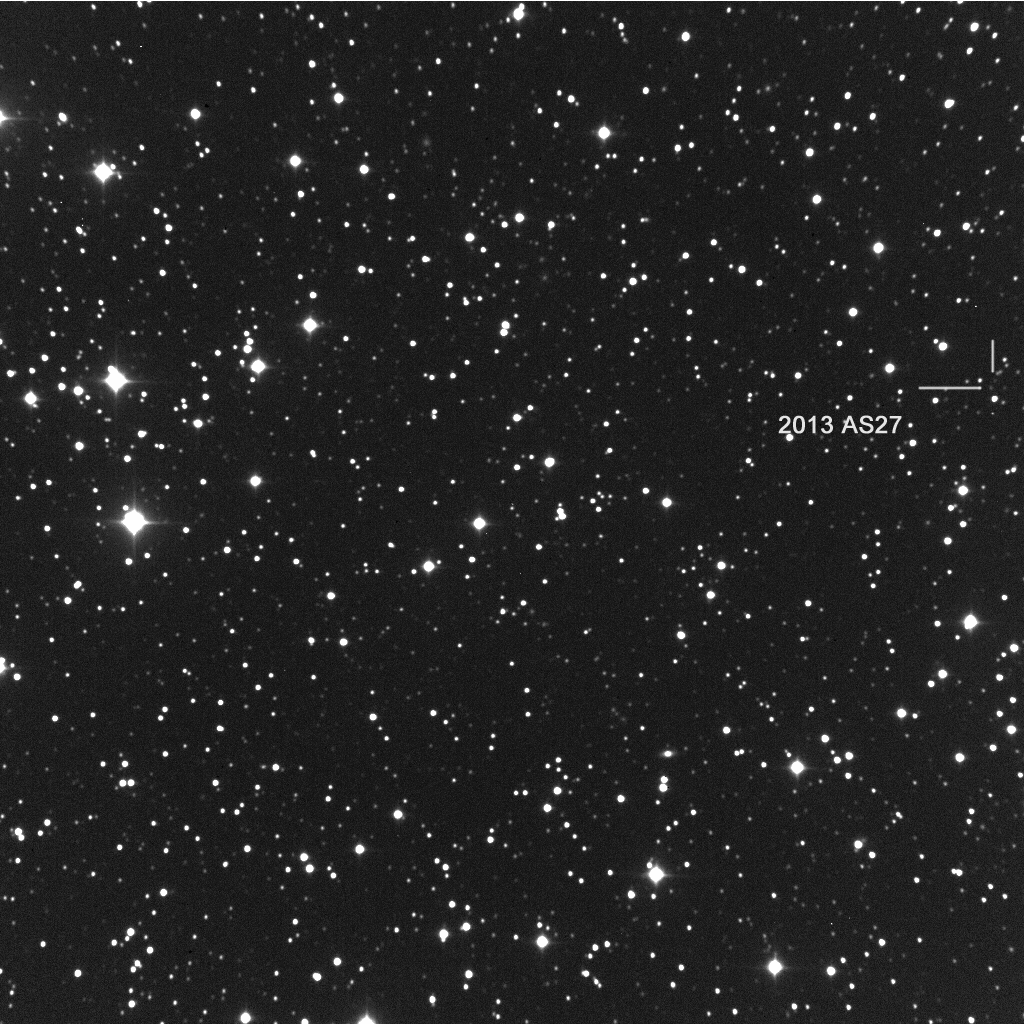Statistics
Sandlot Observatory Asteroid Research Statisics : a listing of NEO observations Sandlot Observatory.
https://newton.spacedys.com/neodys/index.php?pc=2.1.2&o=H36&ab=0


Discoveries at Sandlot
A couple of interesting objects in late 2012 and early 2013 were discovered at Sandlot Observatory.
One night in September 2012, I discovered a fast moving object that after running astrometric analysis was placed on the the NEOCP at the MPC (Minor Planet Center). This web site is available to observers worldwide and was soon verified by other observatories. This small object was believed to be 20 to 30 meters in diameter and was close to the earth at the time. Observations over the next few days showed 2012 SY 149 (as It was later named) orbit brought it very close to the earth and is now classified by NASA as 'Virtual Impactor" . As the title implies the object could at some point in the next impact with the earth. The object is not large enough to impart significant damage to the earth but is likely as large as the Russian object that was so heavily videoed near Chelaybinsk. in 2013.
Another discovery made just a few months latter was an object now listed by NASA as a Potentially Hazardous Object. 2013 AS27 was discovered at Sandlot Observatory by G. Hug in January 2013. It is quite a bit larger than 2012 SY149 and can come closer than 1 lunar distance during the next 100 years. Fortunately it's orbit is now very well determined and there is no chance of the 1/4 mile-wide asteroid impacting the earth in the next 100 years.